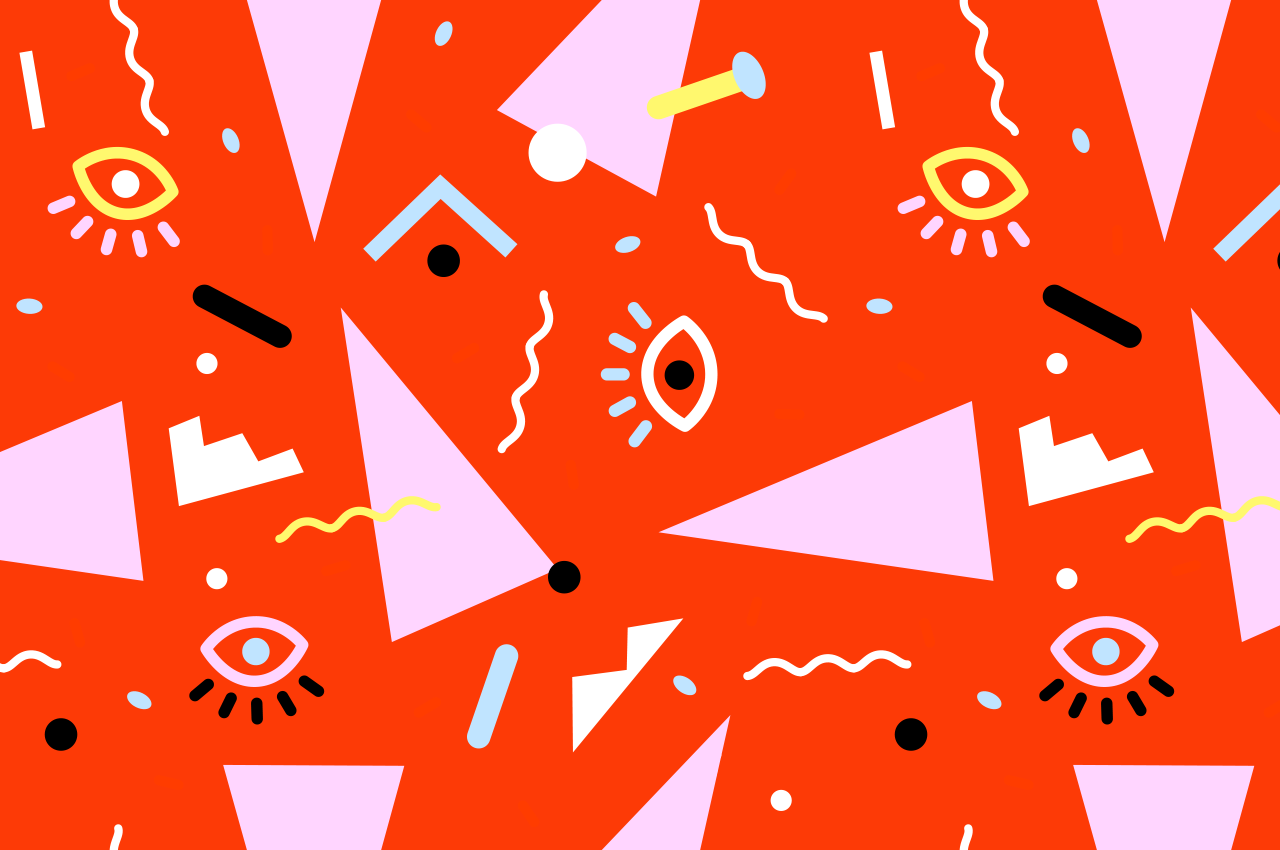Do you have a bump or swelling on your eyelid? Don’t worry, it’s probably just a chalazion (the plural is chalazia), a small bump that forms on the eyelid.
Chalazia
Look like cysts and form around an oil gland in your eyelid. This causes swollen, red eyelids.
This pesky bump is usually filled with pus and fatty substances that are meant to moisten your eyes but become trapped inside instead.
What causes it?
There are glands all over your body. They make cells, tissues and your organs. Special glands called the meibomian glands in your upper and lower eyelids make oil that mixes with your tears to protect and moisten your eyes. When this liquid becomes too thick, or if the glands become clogged up because of inflammation, a chalazion can develop.
Common symptoms of a chalazion include:
- Swollen eyelids.
- Redness of the eyelid skin.
- Watery eyes.
- Blurry vision.
- Soreness or discomfort.
How is it diagnosed?
For a proper diagnosis, it’s best to talk to an eye doctor. To check if you have a chalazion or another eye condition, your doctor will go over your medical history and ask about any other health problems that could be causing a growth on your eyelid.
He will also check your eyelids, the skin texture around your eyes, your eyelashes and overall eye appearance.
Treatment
Most chalazia drain on their own within a few weeks. If the bump doesn’t go down or starts to grows larger, it’s time to see your doctor again.
To help heal the chalazion:
- Apply a warm compress to your eyelid for 10 to 15 minutes, four to six times a day for a few weeks. The warmth from the compress can help soften the hardened oil that’s blocking your tear ducts and allow it to drain and heal. You can make a compress by dipping a clean, soft cloth in warm water and then wring it out. You can also buy over-the-counter heat masks.
- Gently massage the outer edges of your eyelids to help drain your eyes. Once your eyes are drained, keep the area clean.
- Avoid touching your eyes to protect them from infection. Don’t squeeze or pop them either as this can cause more damage.
- If you develop chalazia often, tell your doctor. He may suggest some preventative methods and prescribe medication. This could include cleaning your eyelids regularly, applying medicine to your eyelids or oral medication.
- If the bump doesn’t drain and heal within a month, see your doctor immediately.
- If a chalazia is very painful or causes discomfort, your doctor may do in-office surgery to remove the bump.


